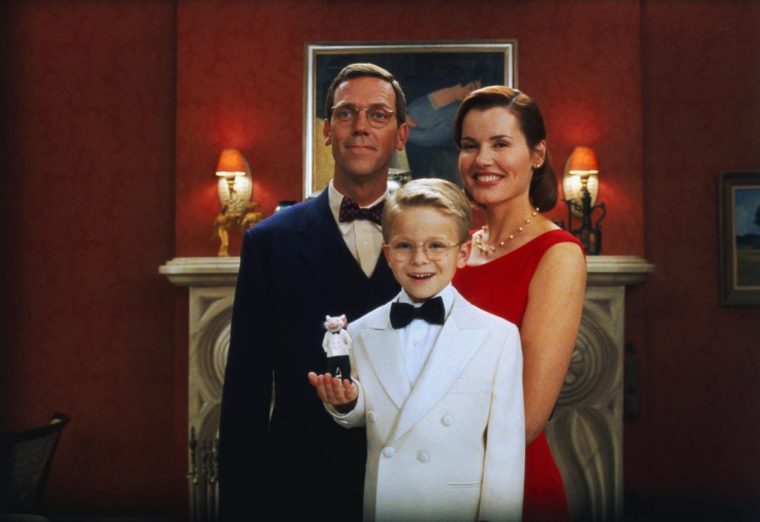As a kid, few things thrilled me more than a trip to the high street Blockbuster (rest in peace) or visiting my local library, rifling through various VHS tapes and DVDs to pick the film I’d obsess over for the week. It was my coveted Friday reward after a week of tedious times table practise and being force-fed my greens at dinner. But working as a nanny for Gen Alpha kids has shown me that this formative ritual, so steeped in nostalgia for me, is all but extinct.
With over 67 per cent of UK households subscribed to at least one video streaming service, the era of physical media has quietly faded into history. Following the death of the DVD, I’ve gone through the five stages of grief. What I’m currently mourning is the loss of children’s attention spans, making them unable and unwilling to sit through films.
Most children in Britain own a smartphone before they turn 12; 10 per cent of six-year-olds already have their own, and nearly half regularly use a shared family device. This early exposure to today’s addictive tech has been linked to shrinking attention spans – just eight seconds, according to a 2015 Microsoft study – and has dramatically reshaped how children consume media.
It’s hardly surprising that kids raised on iPads and clickbait have different entertainment habits than I did at their age. Arriving home from school pick-up is punctuated by the thud of rucksacks being shed and a rush to claim the family iPad. Where I would’ve dived on to the sofa and turned on CBBC, kids login to Roblox or swipe through YouTube shorts. As a result, CBBC viewership has fallen to just 14 per cent of six- to 12-year-olds.

I’ve worked as a child minder and nanny in London for over eight years, caring for children aged five to 14, and aside from the occasional football match, I don’t think any of the children I look after have watched live TV. And why would they? When you’ve grown up with endless on-demand entertainment at your fingertips, that’s skippable, pausable and playable, sitting through adverts or channel idents must seem completely illogical.
That shift in viewing habits doesn’t just affect how they watch, but also what they’re willing to watch. Long-form storytelling, like films, demands patience and focus, and that’s increasingly in short supply.
On the rare occasion I’ve managed to pry the iPad from their sticky little fingers and convince one of the hell-raisers to give Shrek a chance and trust that this loveable green ogre has something to teach them, they don’t leave the remote alone for long. Within minutes, they’re skipping ahead, hunting for a more entertaining scene or a funnier moment.
They’ve been conditioned to see media as a constant stream of stimulation rather than an art form that asks for their sustained attention. They’re scrolling through the progress bar like it’s a highlights reel, expecting to find the most-watched moments, a habit that platforms like YouTube have leaned into with their 2021 introduction of “most replayed” scene markers.
This shift in viewing habits has already started to reshape cinema. Our children are slowly losing the ability to sit through a 90-minute movie, unable to engage with a story that unfolds slowly, demands patience, and rewards close attention – skills that have importance beyond media consumption. In response, studios are churning out unimaginative Disney live-action remakes and tedious video game adaptations. These films aren’t built to be timeless – they’re built to be loud, fast-paced, and hyper-stimulating, carefully engineered to hold a child’s eight-second attention span and stretch it just long enough to rack up box office profits.
At 10, I was learning about friendship from Stuart Little, perfecting my sense of humour thanks to Robin Williams’ Genie in Aladdin (much to my parents’ dismay), and holding back tears as Bambi called out for his mother. These films weren’t just entertainment – they were emotional touchstones that helped shape how I saw the world, and today’s children are missing out. With more and more kids growing up having never seen them, I worry about what’s being lost, because you can’t build nostalgia from a YouTube Short or a Snapchat reel.
